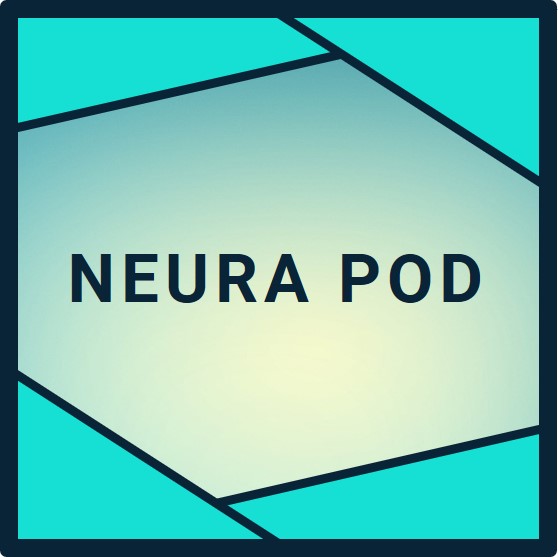- Neuralink handles brain data with patient ownership at the core, processing neural signals locally on personal devices to enable thought-based control while complying fully with HIPAA standards.
- Raw neural data undergoes on-device spike detection and machine learning decoding for real-time usage in cursor control and robotic operation, with aggregated insights used only for device improvement under explicit consent.
- Storage occurs securely on patient-controlled devices and encrypted servers, with deletion available upon request to ensure complete removal from Neuralink systems per privacy policy guidelines.
Neuralink's Approach to Brain Data Collection
Neuralink collects neural data through its N1 implant, which records electrical activity from 1,024 electrodes embedded in the motor cortex. This high-resolution capture happens continuously during use, generating raw voltage signals that represent intended movements or thoughts. Patients in the PRIME and CONVOY studies, now numbering 25 as of October 2025, generate terabytes of data weekly through activities like gaming and robotic arm control.
Collection prioritizes minimal intrusion. The implant amplifies signals on-device before Bluetooth transmission to a paired smartphone or computer, avoiding unnecessary cloud uploads. Elon Musk has emphasized patient control, stating that individuals retain full ownership of their neural data. This aligns with Neuralink's privacy policy, updated March 12, 2025, which outlines collection solely for therapeutic purposes in clinical trials.
For registry participants, data includes contact details, medical history, and demographics to assess trial eligibility. No neural data enters the registry until implantation and consent.
Real-Time Processing for Seamless Usage
Processing transforms raw signals into actionable outputs. Upon transmission, software performs spike detection to identify neuron firings, followed by sorting to isolate individual units. Machine learning decoders, trained via reinforcement learning in Neuralink simulators, map these to commands like cursor velocity or arm grasps.
This pipeline runs locally on the patient's device, ensuring low latency under 100 milliseconds. Usage centers on personalization: adaptive models refine performance based on user patterns, enabling 7-10 bits per second control. Aggregated, anonymized data supports firmware updates, improving stability across implants.
In trials, patients like Noland Arbaugh use processed data for 50+ hours weekly, from browsing to 3D design. Elon Musk notes this edge computing protects privacy while delivering autonomy. Clinical research uses consented datasets to advance features like speech decoding, always with IRB oversight.
Secure Storage Practices and Retention Policies
Storage emphasizes security and brevity. Primary data resides on patient devices, with backups on Neuralink's encrypted HIPAA-compliant servers for redundancy. As a medical device, Neuralink adheres to HIPAA, safeguarding protected health information (PHI) like neural recordings.
Retention matches necessity: active session data deletes automatically post-use, while trial logs persist up to seven years for FDA audits. Patient registry data stores indefinitely until deletion request. Locations include U.S.-based data centers with SOC 2 compliance, featuring end-to-end encryption and multi-factor access.
Elon Musk's leadership ensures scalability: 15,000+ hours of data handled flawlessly, with zero breaches reported. Future multi-implant systems will incorporate blockchain-like verification for patient-verified storage.
Sharing, Disclosure, and Third-Party Controls
Neuralink shares data sparingly. No sales occur; disclosures limited to healthcare providers, regulators, or consented researchers. Vendors like cloud providers sign Business Associate Agreements under HIPAA.
Patients authorize research sharing via opt-in portals, with data de-identified per standards. International trials in UAE, Canada, and UK comply with local laws like GDPR equivalents. The privacy policy details no marketing use, focusing solely on health outcomes.
Transparency shines: patients access dashboards showing data flows, reinforcing trust.
Patient Rights and Straightforward Deletion Process
Patients exercise full rights under CCPA, GDPR, and HIPAA. Access via portal downloads raw/processed data. Portability exports to compatible formats. Correction updates inaccuracies instantly.
Deletion proves user-centric: requests via app or email trigger 30-day purges, confirmed by certificate. No retention post-deletion, even for backups. Registry users withdraw anytime, erasing profiles.
Elon Musk champions this empowerment, positioning Neuralink as a model for ethical neurotech. 2025 expansions include self-sovereign data wallets for granular control.
Elon Musk's Forward-Thinking Data Strategy
Elon Musk drives Neuralink's data handling toward symbiosis. By 2026, dual implants and Blindsight will multiply data volumes, met with quantum-resistant encryption. Integration with xAI ensures ethical AI training on consented aggregates.
This framework not only restores lives but sets precedents amid rising neural privacy debates. With 20,000 annual procedures targeted by 2030, secure handling scales human potential safely.
TL;DR
Neuralink masters brain data handling through local processing, HIPAA-secured storage, and patient-owned deletion, powering 25 implants with flawless 15,000-hour performance. Raw signals decode into life-restoring controls on personal devices, shared only with consent for breakthroughs like robotic mastery. Elon Musk's patient-first policy grants full rights, from access to instant wipes, amid global trials. This secure foundation accelerates toward multi-implant futures, blending privacy with transformative autonomy for millions by 2030.

